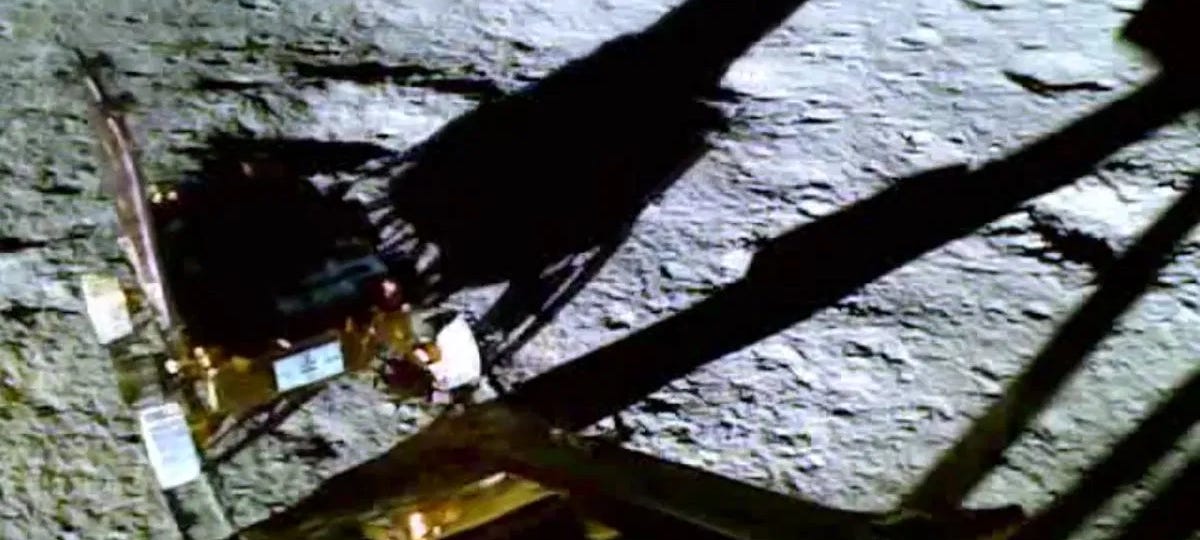Hi everyone!
When I was in school, I was constantly asking myself "what's the point of learning this"? I knew pretty early on that I wanted to become a developer, and subjects like French, chemistry, or calculus seemed unnecessary for my future career. So I did the bare minimum to get away with it.
A few weeks ago I came across a bog post by Nat Eliason about why we should do hard things. He makes two great points:
- When you avoid hard things, anything mildly challenging will seem insurmountable.
- When you're young, doing calculus or chemistry is a great way to prove you can do hard things with no other proof to show.
His post resonated with me big time. It's something that I'll keep in the back of my mind for when my kids are older and (inevitably) start complaining about things they have to learn in school.
I was so intrigued by Nat's post that I read through his blog and took his advice to stop using shampoo. But that's a story for another time.
Enjoy this edition of the Simply Explained Newsletter!
Xavier
👨🏫 Simply Explained
I've been writing this newsletter for the past 2.5 years. Each edition contains (on average) 15 links to interesting news articles and websites. That got me wondering: how many of those are still accessible today? And how many have succumbed to link rot?
I quickly wrote a Python script to check all links and... Turns out, link rot is not a problem for this newsletter. Off all the links I shared, only 2 are broken (0.41%).
Read my full blog post here: Analyzing Link Rot in My Newsletter (After 31 Editions)
🤓 Cool Stuff I Found on the Internet
Every Melody Is Now Copyrighted
When writing music, there are only 8 notes that you can arrange into a song. An average pop melody contains 12 notes, so there’s a finite set of melodies that can ever exist (8^12). With 60,000 new songs uploaded to Spotify every day, it’s bound to happen that songs will use similar melodies, and then you’ll get lawsuits. To “fix” this problem, two musicians wrote a computer program that generated all possible 12 note melodies. In theory, that gives them the copyright to all melodies that can ever be written. Evil? No! They released all melodies into the public domain. They hope that by doing so, they protect artists from lawsuits.
And you can go even further. You could argue that music is essentially a set of numbers stored in a computer (MIDI). Copyright laws state that numbers are facts, and cannot be copyrighted. So technically, you can't copyright a melody. It's a grey area!

The Aviation Herald
Think that nothing goes wrong with commercial airplanes? Think again! The Aviation Herald publishes incidents involving commercial flights, and they occur daily. For instance, on Sept 4th, there were 4 bird strikes, a near collision on departure, a tyre bursting on landing, and even an engine that shut down mid-flight. Yikes!
Tesla considering licensing self-driving software
Elon Musk says Tesla is open to license its Full Self-Driving (FSD) technology to other carmakers. This could be significant for Tesla, as it would allow the company to generate revenue from its software without having to sell cars. It's unknown if other brands are interested in this, given the controversy around the safety of FSD.
The Open Brain Project
This project serves as a hub to facilitate research into brain injuries. Every scientist can join and share new research and data. For regular people like me, there’s also an interactive 3D model of the human brain. You can click on any part of the brain and see what it is and what function it has.
🤢 Gross

Doctors find live worm in patient's brain
An Australian brain surgeon found a live worm inside a woman’s brain. She presented a variety of syndromes that were difficult to explain. When doctors made a brain scan, they noticed a strange lesion and decided to operate. They found a red roundworm of 8cm long curling around in her brain. Although the worm is a common in carpet pythons, which are prevalent in Australia, we had not observed it in humans.
Self-healing leather made from... fungi!
Scientists developed a type of vegan leather made from threadlike structured of the fungi mycelium. The trick is to leave a part of the fungus functional but dormant. When you then rip a hole in your leather purse or wallet, you can reactivate the fungus with a growing substance. The next focus for scientists: making the fungi leather stronger, and see if this can be commercialized.
👽 Space

India lands rover on the South Pole of the Moon
The Chandrayaan-3 lander landed on the Moon's south pole and its rover started conducting science experiments. Its first finding comes from the ChaSTE payload, which inserted a temperature probe 8cm into the soil. The results show drastic temperature changes between the surface and the soil beneath. Meanwhile, the Chandrayaan orbiter has taken photos of the Apollo 11 and 12 landing sites, showing the descent vehicles.
NASA: Visualization of CO2 emissions
This computer model shows the emission and removal of CO2 from the atmosphere. It’s clear that we pump a lot of CO2 into the atmosphere, but it’s interesting to see that a lot of it is being captured/stored by land (green dots) and oceans (blue dots). You can also see that trees capture a lot of CO2 in the summer, but release CO2 in the winter.
⚡️ Energy & Environment
China's gasoline demand may peak sooner than expected
Electric vehicles are booming in China. Almost a third of new vehicles are electric, and the adoption rate is still growing. It’s expected that China’s gasoline demand will peak next year, a year earlier than expected. The global gasoline market could move into surplus from 2025 onwards.
The dark side of carbon offsets
Carbon offsets are a way to compensate for your carbon emissions by funding projects that reduce emissions elsewhere. That can be by planting trees, switch to renewable energy sources, or by paying people not to cut trees. Many people are skeptical about carbon offsets. This articles walks you through how they are created and how people cheat the system. For instance: some companies realized they can use this system to get payed for land they weren’t using anyway.
Coffee grounds to strengthen concrete and save the planet
Many people depend on coffee to get them through the day. It turns out that coffee grounds can make concrete 30% stronger. And not just that, it’s also good for the environment. The world generates 10 billion kg of spent coffee per year. Most is this ends up in landfills where it emits greenhouse gases. By giving coffee a “double shot” at life (pun intended), it prevents the release of greenhouse gases while making concrete stronger at the same time.
US invests 1.2 billion into Direct Air Capture
US Department of Energy will invest 1.2 billion dollars to build two direct air capture plants (DAC). Once completed, they will be the largest DAC plants in the world. It’s unclear what will happen with the captured CO2. It’s possible to store it underground or use it to make products such as fuels or plastics. Environmentalist aren’t a fan of of this technique because they fear it gives us an excuse to never stop using fossil fuels. Others argue it’s essential that we stop emissions while also reducing the existing amount of CO2 in the atmosphere.

No More Batteries: Gravity Storage System
Using batteries to store surplus electricity presents various challenges, including limited production capacity, high costs, reliance on scarce earth metals, and significant fire risk. Swiss company Energy Vault is using concrete as an alternative. Excess electricity is used to lift concrete blocks. When the demand for electricity increases, the blocks are lowered with their weight pulling a cable that spins a turbine to produce electricity. This system can theoretically store energy indefinitely and operates at an efficiency rate of 80%.
🧠🤖 Artificial intelligence
Google DeepMind: watermarking AI-generated images
AI-generated images or deep fakes are cool but pose significant dangers. You can be the star in your favorite movie, but you can also put words in a politician’s mouth. Detecting deep fakes is hard, and that’s why the industry is working on watermarking tools. SynthID is Google’s take on it and adds an invisible signal to images. Their technique continues to work even when images are edited, resized, cropped, or screenshotted (although it's not entirely immune to all forms of tampering)..

